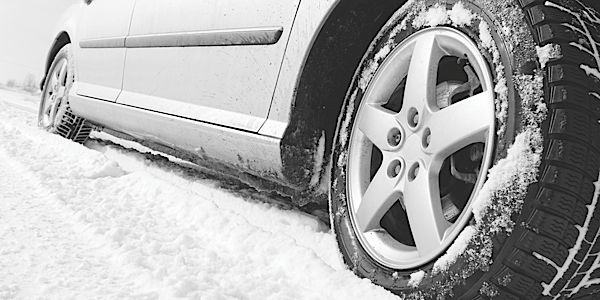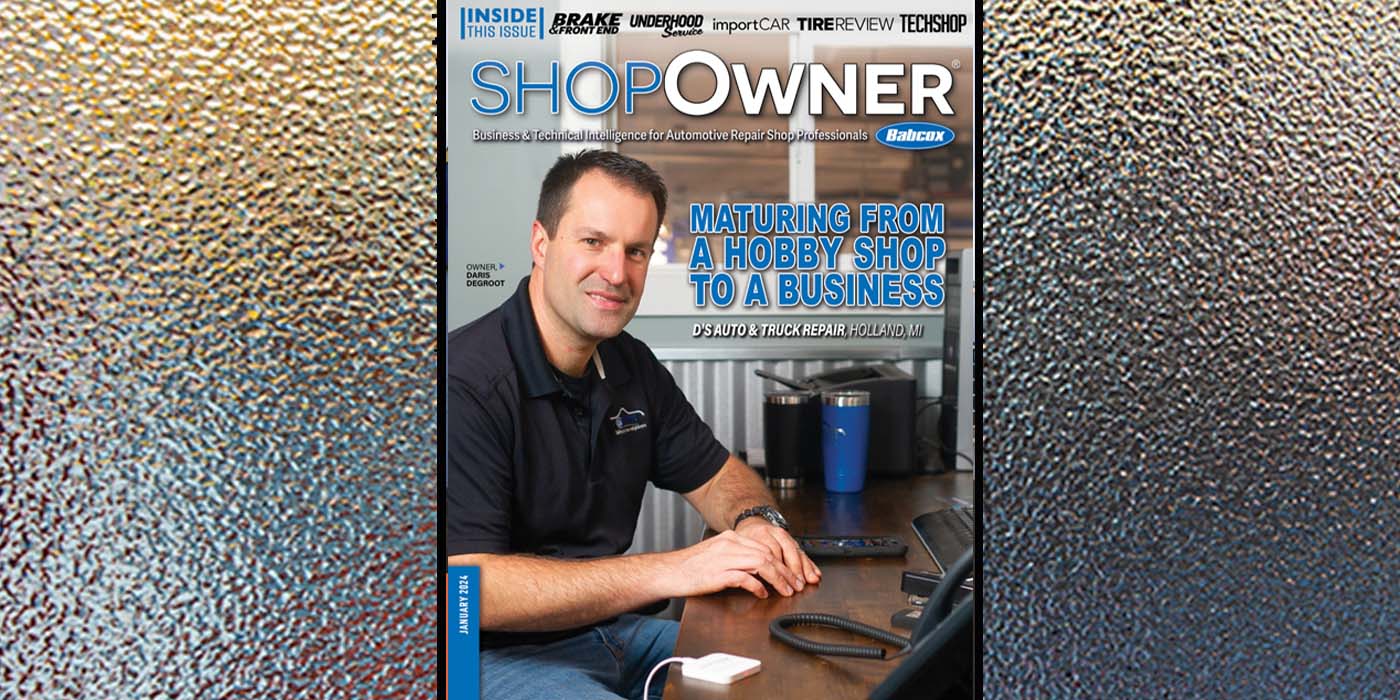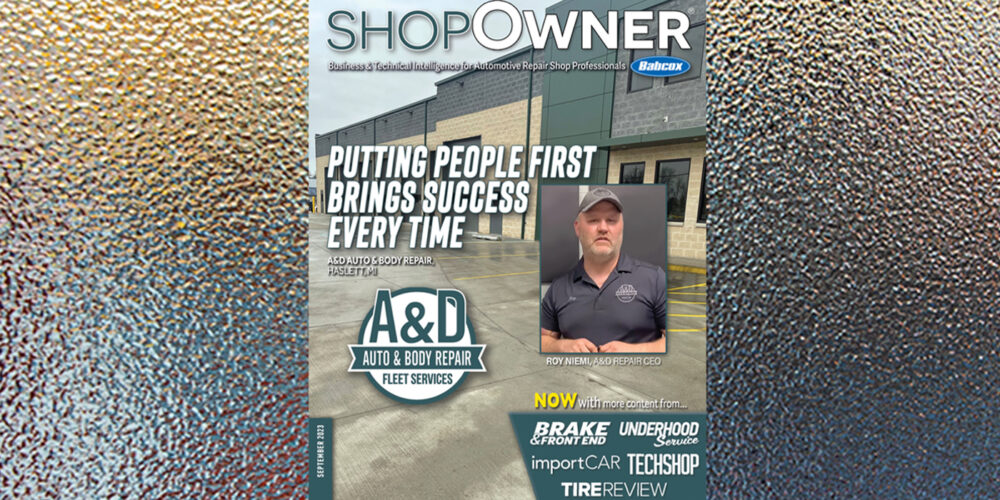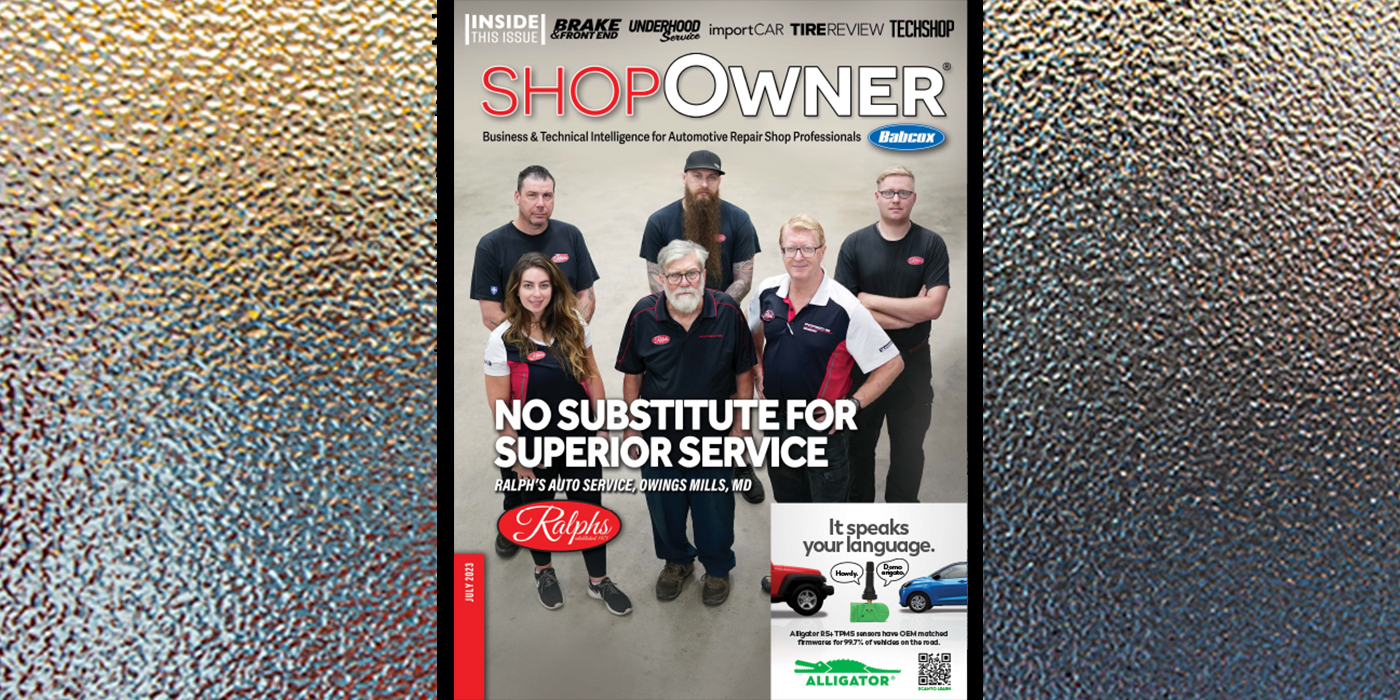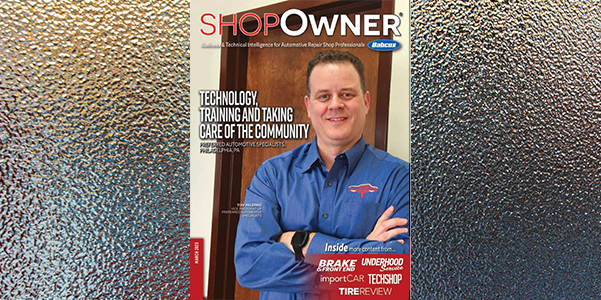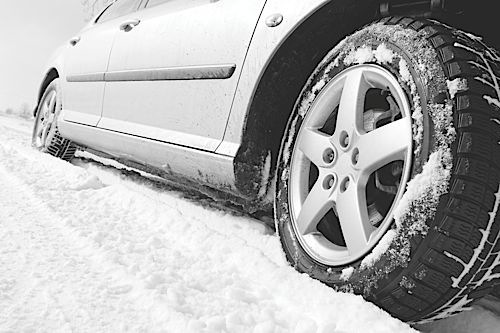
Winter is in full swing, which means shops in cold weather cities might see an influx of illuminated TPMS lights. However, many of those lights might be false alarms. The reason? Look no further than the thermometer.
Ambient temperature affects tire pressure, and in the new world of TPMS, where the vehicle is constantly vigilant of tire pressure, these sometimes subtle changes in pressure could trigger the TPMS. For each 10° F of ambient temperature, tire pressures will change about 2%, or about 1 psi. So, as the seasons change, and as 70º F dips to 20º F, that could mean a difference of 5 psi and a TPMS warning light.
Then there is the temperature of the tire itself. As a vehicle is driven, its tires heat up, causing the air inside the tires to expand. While, most TPMS are calibrated to a vehicle’s cold tire pressure.
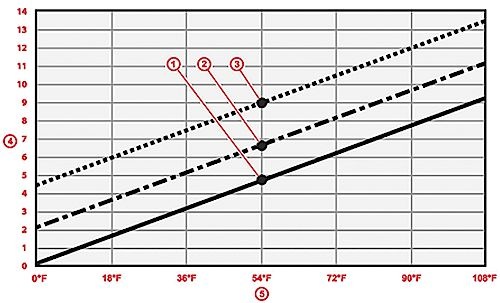 Cold Tire Calculations
Cold Tire Calculations
All of these factors can make gauging the true pressure inside a tire difficult, but the objective is to take the ambient and tire temperatures into account and fill the tire to meet the vehicle’s cold tire pressure specification. Cold tire pressure is generally considered to be the pressure in a tire that has not been driven in the past four hours and has been parked outdoors. The cold tire pressure for all vehicles will vary and will need to be adjusted accordingly.
Toyota issued a TSB for calculating the proper tire pressure for a cold, warm or hot tire. Toyota says to subtract the temperature outside from the temperature inside the shop and then locate the answer on a chart Toyota provided in the TSB. Warm tires require an additional 2 psi than the cold tire fill, and hot tires require an additional 4 psi over the cold tire fill.
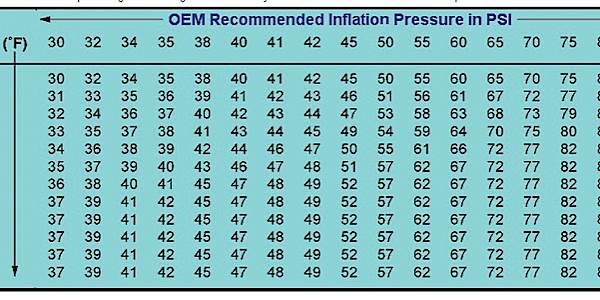 Here is an example of the chart in action:
Here is an example of the chart in action:
A vehicle that has been parked overnight outside the shop has cold tires, and tire pressures are set to 31.9 psi. The shop’s inside temperature is 68° F and the lowest expected ambient temperature in the local area is to be 14° F.
1. Subtract the expected lowest temperature (14° F) from the shop temperature (68° F) = 54° F.
2. Using the chart, find the intersection of the cold tire line at the point corresponding to 54° F and read the value on the tire pressure change axis. In this case, it would be about 4.9 psi.
3. The tires, including the spare tire, should be filled to: 31.9 + 4.9 psi = 36.8 psi.
Another vehicle has been driven to the shop on surface streets for about 30 minutes, so the vehicle has warm tires and tire pressures should be set to 31.9 psi.

